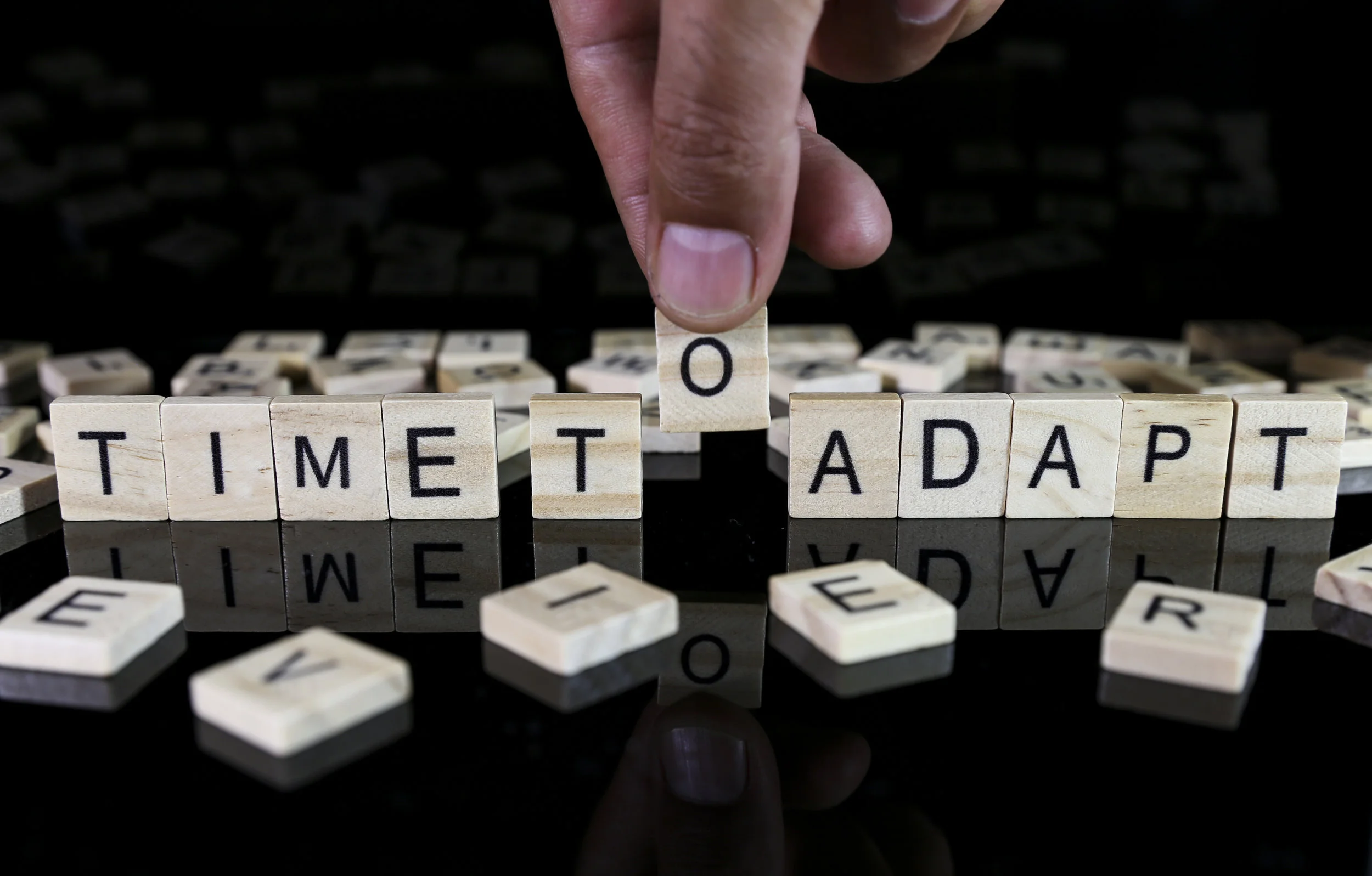Can Floating in Salt Water Near Body Temperature be Used as an Effective, Natural ADHD Treatment?
One of the things I enjoy most about researching and writing this blog is that I get a chance to review the literature of some pretty zany diagnostic and treatment methods for ADHD. I often wonder what is going through the minds of some of these researchers as they concoct these seemingly eccentric modes of treatment for the disorder.
This blog has covered some of these seemingly bizarre treatments, including treating ADHD with mirrors, EEG manipulated ADHD treatment, light therapy for ADHD with seasonal affective disorders, and the effectiveness of behavioral therapy measures for ADHD, and hinted at other treatments such as vestibular stimulation for ADHD.
A recent article in Cases Journal on treating a patient with ADHD and Asperger's by flotation sessions in a tank of salt water struck me as particularly bizarre, but piqued my curiosity. However, the justifications and apparent effectiveness of these measures suggests that further investigation may be warranted. Before we all decide to take a prolonged trip to the Dead Sea, we should investigate the methods of this treatment process and check for scientific evidence behind its claims. Below is a summary of the process, and some of the major points the article's authors conjured up to validate the effects of this form of ADHD treatment.
- As the name of the journal title suggests, this was a case report on a single individual, and not a controlled clinical study. However, I have repeated given my opinion on how case studies, although statistically inferior to controlled trials, should retain a place in novel medical treatments.
- The patient was a 36 year-old woman co-diagnosed with ADHD and Asperger's (although keep in mind that many diagnostic methods forbid the co-diagnosis of ADHD with anything along the Autistic Spectrum, including Asperger's. However, many clinicians often ignore this guideline and have no problem with diagnosing a person with these two comorbid disorders).
- The study authors noted that a number of the alternative treatments which previously showed promise hinged on triggering arousal levels (mirrors, EEG, etc.). It is well documented that deficiencies within arousal levels are common in the ADHD population. Hence, a sensory stimulation via flotation in a water tank may possibly show promise as an alternative ADHD treatment.
- The flotation device is essentially a covered tank (to minimize the impact of outside sources of stimulation) containing highly concentrated salt water (to enable easier floating and buoyancy) at near-body temperature (to reduce tactile stimulation due to a temperature difference between the person's body and outside environment). Keep in mind that this water is typically only 8 inches to a foot (20 to 30 centimeters) deep, and its high salt content (much higher than the ocean) allows one to float easily without touching the bottom of the tank. This method, called flotation-Restricted Environmental Stimulation Technique or flotation-REST, has been shown to be an effective stress-reliever and relaxation method. A total of 19 flotation treatment sessions were done within the span of about a year.
- The authors found five key components (arousal control, inhibition/activity regulation, sensory integration and interpretation, cognitive abilities, and emotional abilities) of ADHD behavior to be positively affected by flotation.
- Arousal control: As mentioned previously, arousal levels have been shown to be a significant component of ADHD (and it can be either over or under-arousal). The flotation-REST method apparently addresses the arousal problem and normalizes this state by providing an environment which screens out most visual and tactile environmental stimulants.
- Activity regulation/inhibitory control of physical processes: Often a hallmark characteristic of ADHD is the difficulty with inhibition control or impulsivity with regards to physical movements, especially in younger children. Impulsively grabbing at objects or persons is a common occurrence among children with the disorder (as almost any parent of and ADHD child can attest!). The salt water/ADHD treatment case study highlights that the salt water flotation/isolation therapy may alleviate some of this behavior due to it's effect on allowing the individual to "internalize" their focus on their physical movements, which may build up more regulatory ability of motor control and enhance the ability to restrict inappropriate physical impulses.
- Sensory integration: We have previously alluded to the possible connection between ADHD and sensory integration (in the context of balance impairment and inner-ear dysfunction on ADHD) disorders. Additionally, numerous studies on fine motor skill deficiencies, such as handwriting and ADHD have been covered this blog and studied in the literature. It appears (at least in theory, according to the case study and journal article) that the flotation experience in a sensory restricted environment enhances the patient's sensory integration abilities by depriving external sensory stimuli, leaving room for the person in the salt water tank more time to focus and coordinate his or her senses.
- Improvements in cognitive abilities for ADHD patients: We have discussed cognitive abilities in ADHD (as related to pharmacological treatment strategies) in previous posts, and there are numerous studies on comorbid cognitive deficits in those with ADHD. Furthermore, some posit a cognitive energy deficiency as the underlying cause to ADHD, identified as a cognitive-energetic model of the disorder. These deficiencies are believed to be at least partially remedied or improved by the flotation in salt water treatment, mainly due to the distraction-free environment being conducive to periods of prolonged concentration and enhanced thinking without interruption. According to the article, many of these benefits continue after the individual is out of the tank even for a period of a few weeks (of which these effects then begin to taper off).
- Imrovements in personal emotional abilities: Emotional abilities, especially as they relate to inter-personal interactions and relationships can also be a common deficit in individuals with ADHD. The flotation technique is believed to improve this aspect as well, as it provides an environment of personal self-acceptance which can then be transferred to improved relationships with others and their emotions.
In conclusion, we should probably not go running out to buy a big shark tank (minus the shark of course!) just yet. Remember, this was just one simple case study done in Sweden of a 36-year old woman with comorbid Asperger's. Obviously further study is warranted, and there are a number of loose ends that must be tied up before this alternative treatment method is accepted and goes mainstream. Future studies on the effectiveness of this treatment for children with the disorder would be especially useful. Nevertheless, this Flotation Restricted Environment Stimulation Technique (flotation REST) has shown to be useful in other areas of psychological function, including as a relaxation/stress reduction method.
Thus, (in this blogger's personal opinion) this flotation REST technique may be especially good for ADHD'ers who suffer from high levels or irritability or have comorbid anxiety or depressive qualities (perhaps not those with claustrophobia or hydrophobia though!). Individuals with ADHD who have responded well to Wellbutrin or other antidepressant medications may be especially good candidates for this flotation treatment, at least in theory based on our current observations at the time.
Additionally, it is worth the re-mention that the woman of the case study had co-morbid (co-existing) Asperger's and was already on an antidepressant medication throughout the whole course of the study. This may be good news for those who suffer from co-morbid disorders, as well as the fact that this flotation REST technique seems to be relatively compatible with medication treatment. Thus supplemental treatment by flotation in salt water near body temperature may be a good adjunctive measure for individuals with ADHD and a wide spectrum of comorbid disorders.
This article originally appeared on http://adhd-treatment-options.blogspot.ca/2009/10/treating-adhd-by-floating-in-salt-water.html











![Self-regulation “control [of oneself] by oneself"](https://images.squarespace-cdn.com/content/v1/55563e14e4b01769086817cb/1542845645966-PO2HGKF5JLUBM45UIWQ3/wee-lee-790761-unsplash.jpg)



















